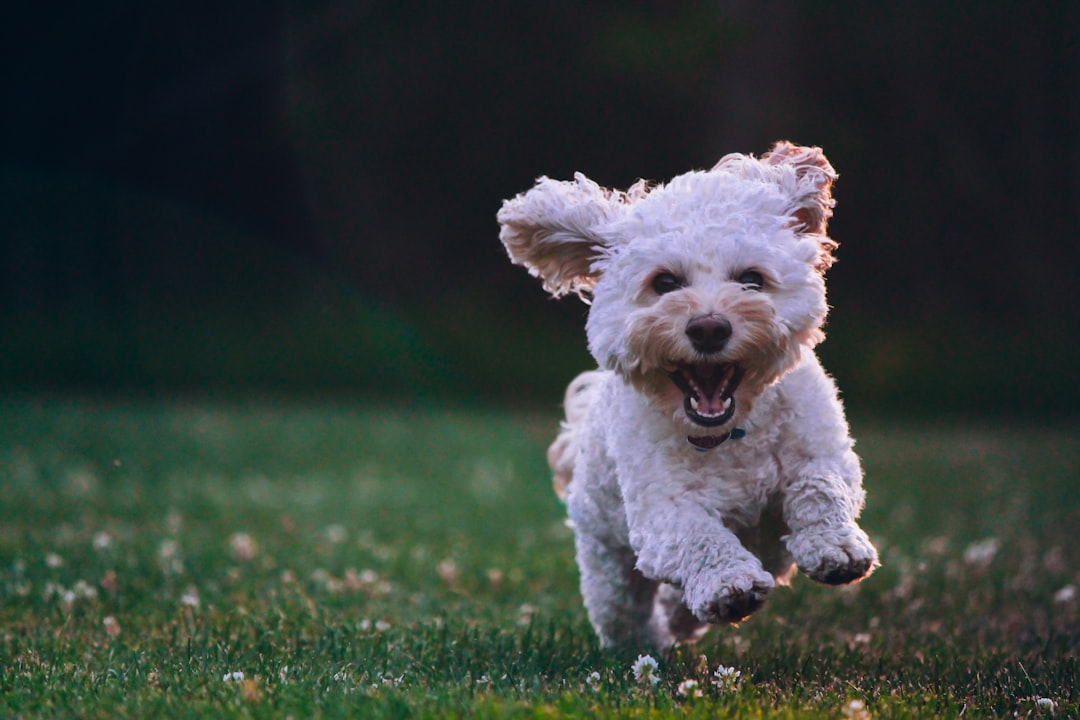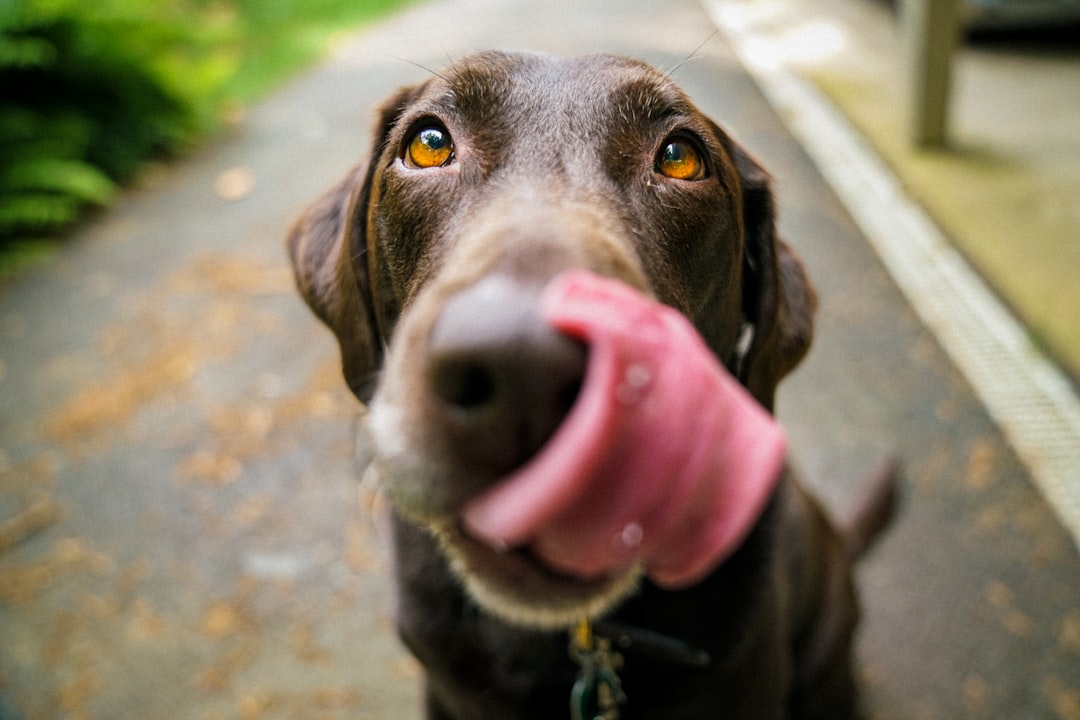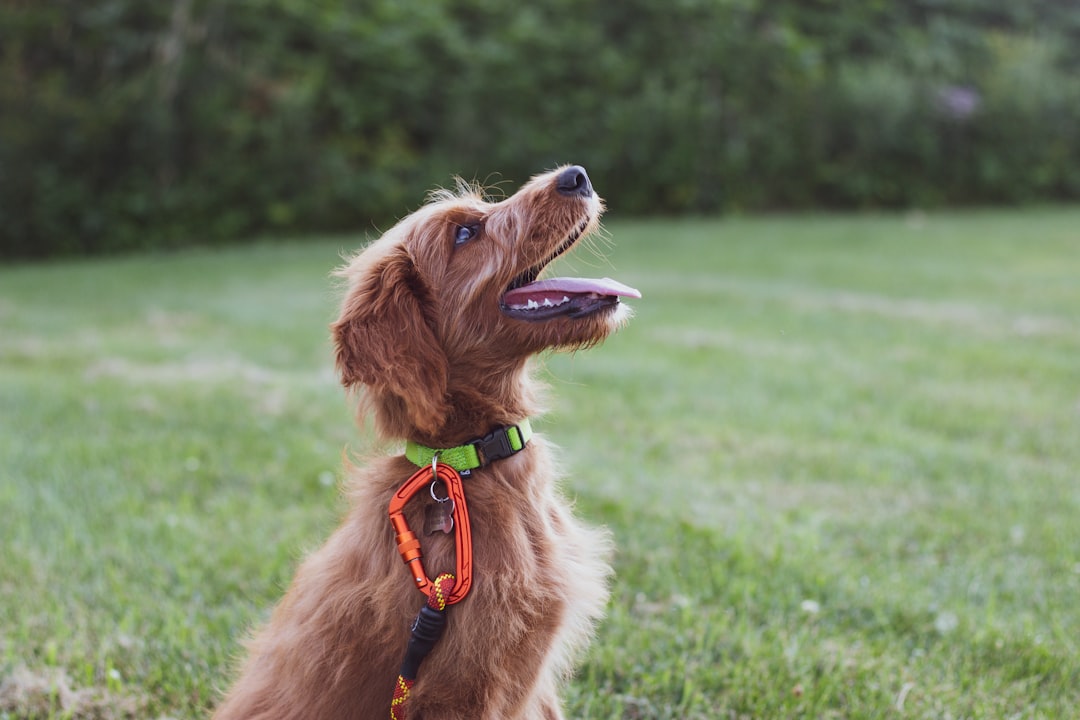Overcoming Dog Separation Anxiety: Effective Training & Tips for Calm Pups
Helping Your Pup Stay Calm: A Guide to Managing Separation Anxiety in Dogs
This article provides an overview of separation anxiety in dogs, including its causes, symptoms, prevention strategies, training techniques, and the use of toys, environmental enrichment, medication, and professional help to manage and overcome separation anxiety.
Overview of Separation Anxiety in Dogs
Separation anxiety in dogs is a common behavior disorder that can manifest in various distressing ways when our furry friends are left alone. It is characterized by behaviors such as excessive barking, indoor accidents, destructive chewing, and pacing, which can indicate the emotional turmoil experienced by the dog when separated from their human companions [5]. For example, a dog with separation anxiety may exhibit intense distress by barking incessantly, damaging furniture, or urinating in the house due to the overwhelming fear of being left alone.
Understanding the root causes of separation anxiety is essential for effective management and treatment. Dogs that are excessively attached to their owners are more likely to develop separation anxiety, as the intense bond can lead to heightened distress when separated. Additionally, changes in household circumstances, such as moving to a new home or experiencing the loss of a family member, can trigger or exacerbate separation-related problems in dogs. For instance, a dog that has recently moved to a new environment may exhibit signs of anxiety and distress due to the unfamiliar surroundings and the absence of familiar faces.
Moreover, research has shown that dogs coming from animal shelters or found as strays are at a higher risk of developing separation anxiety. These dogs may have had traumatic experiences in the past, leading to heightened anxiety when separated from their current caregivers. By recognizing these risk factors and addressing them proactively, pet owners can provide the necessary support and training to help their dogs cope better with being alone and reduce the impact of separation anxiety on their well-being.
Causes of Separation Anxiety in Dogs
Separation anxiety in dogs can have various underlying causes that contribute to the development of this challenging behavior. Dogs excessively attached to their owners may exhibit separation anxiety due to the strong bond and dependency they have on their human companions. For instance, a dog that follows its owner everywhere and becomes distressed upon separation may be demonstrating signs of separation anxiety stemming from attachment issues.
Furthermore, changes in household circumstances, such as moving to a new residence or experiencing disruptions in daily routines, can act as triggers for separation anxiety in dogs. For example, a dog that has recently moved to a new home may exhibit signs of distress and anxiety due to the unfamiliar environment and the absence of familiar cues. Additionally, dogs that have experienced trauma or neglect in the past, such as those from animal shelters or found as strays, are more likely to develop separation anxiety due to their history of instability and insecurity. Recognizing these causes and addressing them through appropriate training and support is essential in managing separation anxiety effectively.
Additionally, male dogs have been found to be more likely to develop separation-related problems compared to female dogs, highlighting a potential gender difference in susceptibility to separation anxiety. Factors such as separation from the litter at a young age, late adoption, and lack of experience outside the home for puppies aged 5-10 months have also been identified as risk factors for separation anxiety. By understanding these causes and risk factors, pet owners can tailor their approach to managing separation anxiety and provide the necessary support to help their dogs overcome this challenging behavior.
 Recognizing Symptoms of Separation Anxiety in Dogs
Recognizing Symptoms of Separation Anxiety in Dogs
Symptoms of separation anxiety in dogs can manifest in various distressing behaviors that indicate the emotional distress experienced by the dog when left alone. These symptoms include urinating/defecating in the house, excessive barking/howling, destructive chewing, attempts to escape, pacing, and even coprophagia, which is the consumption of feces. For example, a dog suffering from separation anxiety may exhibit destructive behaviors, such as chewing furniture or digging at doors, as a way to cope with the stress of being alone.
It is essential for pet owners to be vigilant and observant of these symptoms, as they can vary in intensity and frequency depending on the severity of the dog’s anxiety. Medical issues like incontinence and certain medications should be ruled out before addressing separation anxiety, as these can sometimes mimic the symptoms of anxiety-related behaviors. Moreover, separation anxiety can lead to disruptive behaviors like urinating, defecating, barking, howling, chewing, and escaping when left alone, indicating the significant distress experienced by the dog in response to separation. By recognizing these symptoms early on and seeking appropriate intervention, pet owners can help their dogs cope better with separation anxiety and improve their overall well-being.
Prevention Strategies for Separation Anxiety
Preventing separation anxiety in dogs is crucial for promoting their mental well-being and ensuring a harmonious relationship with their owners. Proper socialization and training from a young age play a significant role in preventing separation anxiety. For instance, exposing puppies to various environments, people, and other animals can help them build confidence, independence, and resilience, reducing the likelihood of developing separation-related issues later in life. By gradually acclimating puppies to being alone for short periods and rewarding calm behavior, pet owners can instill a sense of security and comfort in their dogs when faced with separation.
Additionally, addressing any fears or anxieties early on can prevent the development of separation anxiety in dogs. By identifying triggers that may cause distress and providing positive experiences in those situations, pet owners can help their dogs build resilience and coping mechanisms to deal with separation. Creating a safe and comfortable environment for the dog, with designated relaxation areas and engaging toys, can also contribute to preventing separation anxiety by promoting feelings of security and reducing stress levels. By incorporating these prevention strategies into the dog’s routine and environment, pet owners can establish a strong foundation for healthy coping mechanisms and reduce the risk of separation-related problems in their canine companions.
Training Techniques to Help Dogs Cope with Separation Anxiety
Training techniques play a vital role in helping dogs cope with separation anxiety and learn to manage their emotions when left alone. Counterconditioning is an effective method for addressing mild cases of separation anxiety, as it involves creating positive associations with being alone through rewards and gradual exposure. For example, rewarding a dog for calm behavior during short periods of separation can help them feel more comfortable and relaxed in the absence of their owners.
In cases of moderate to severe separation anxiety, desensitization and counterconditioning are commonly used techniques to help dogs cope with being alone. This approach involves gradually exposing the dog to triggers of anxiety while providing positive reinforcement, such as treats or toys, to help them associate being alone with positive experiences. By slowly increasing the duration of separation and rewarding calm behavior, pet owners can help their dogs build confidence and reduce anxiety levels over time. Moreover, it is essential for owners to avoid reinforcing attention-seeking behaviors and instead focus on teaching their dogs how to remain calm and relaxed when alone. By promoting positive behaviors and creating a supportive environment, pet owners can help their dogs develop healthy coping mechanisms and alleviate separation anxiety effectively.
Using Toys and Environmental Enrichment for Alleviating Separation Anxiety in Dogs
Utilizing toys and environmental enrichment can be valuable strategies for alleviating separation anxiety in dogs and providing them with mental stimulation and comfort when left alone. Leaving special toys tailored to keep dogs engaged and mentally stimulated can distract them during the owner’s absence and provide a positive focus for their energy. For example, puzzle feeders or treat-dispensing toys can keep dogs occupied and mentally engaged, reducing feelings of loneliness and anxiety during periods of separation.
In addition to toys, environmental enrichment plays a crucial role in managing separation anxiety by creating a safe and engaging environment for the dog. Providing a designated relaxation area with comfortable bedding, soothing music, or calming scents can help dogs feel secure and relaxed when left alone, reducing anxiety levels. For instance, setting up a cozy corner with the dog’s favorite toys and blankets can offer a sense of familiarity and comfort, easing their distress during departures. Moreover, engaging the dog in activities like puzzle games, hide-and-seek with treats, or short training sessions before leaving can help shift their focus from the owner’s absence to enjoyable and stimulating tasks, promoting a positive experience of being alone. By incorporating these strategies into the dog’s daily routine, pet owners can create a supportive and enriching environment that aids in alleviating separation anxiety and promoting their dog’s well-being.
Medication and Natural Remedies for Separation Anxiety
In cases where training and environmental enrichment alone are not sufficient to manage separation anxiety, medication and natural remedies can be valuable tools in helping dogs cope with their anxiety and stress when left alone. Calming supplements containing ingredients like chamomile or valerian root have been shown to help reduce anxiety levels in dogs experiencing separation anxiety. By providing these supplements before departures or stressful situations, pet owners can help their dogs feel more relaxed and calm, easing the transition of being alone.
For more severe cases of separation anxiety, medication prescribed by a veterinarian may be necessary to address the underlying anxiety issues effectively. Drugs such as fluoxetine or clomipramine can assist in reducing anxiety levels and promoting a sense of calm in dogs experiencing severe separation anxiety. However, it is essential to combine medication with a retraining program to modify the dog’s behavior and responses to being alone effectively. Seeking advice from a veterinarian or clinical animal behaviorist is crucial when considering medication for separation anxiety, as they can provide guidance on the appropriate treatment plan and dosage tailored to the specific needs of the dog. By incorporating medication as part of a comprehensive approach to managing separation anxiety, pet owners can help their dogs overcome this challenging behavior and improve their quality of life.
 Professional Help for Separation Anxiety
Professional Help for Separation Anxiety
Seeking professional help is essential when dealing with separation anxiety in dogs, as experts can provide valuable guidance and support in managing this behavior effectively. Off Leash K9 Training has trainers all throughout the United States designed specifically to assist dog owners in addressing separation anxiety and implementing practical training techniques. These trainers not only educate owners on the causes and symptoms of separation anxiety but also provide step-by-step instructions on how to help dogs cope with being alone. Professional trainers at Off Leash K9 Training can offer personalized guidance and support in developing a tailored plan to address separation anxiety based on the individual needs of each dog. You can find them in our database of Find A Trainer Near You!
Furthermore, if the symptoms of separation anxiety persist despite initial training efforts, seeking help from a veterinarian or a clinical animal behaviorist is recommended. These professionals can conduct a thorough evaluation of the dog’s behavior, rule out any underlying medical issues contributing to the anxiety, and recommend appropriate treatment strategies. By collaborating with experts in the field, pet owners can gain valuable insights into the root causes of separation anxiety and access specialized interventions to alleviate their dog’s distress effectively. Remember, professional help is crucial in ensuring the well-being and mental health of dogs struggling with separation anxiety.
 Household Changes and Their Impact on Separation Anxiety
Household Changes and Their Impact on Separation Anxiety
Household changes can significantly impact a dog’s susceptibility to separation anxiety and trigger distressing behaviors when left alone. For example, dogs living in apartments or homes without human children are at a higher risk of developing separation-related problems. The limited space and lack of additional company in such environments can lead to feelings of isolation and anxiety in dogs, especially when faced with periods of solitude. Additionally, changes in the guardian figure, schedule, residence, or household membership can act as triggers for separation anxiety in dogs, disrupting their sense of security and routine.
To help dogs cope with household changes and reduce separation anxiety, maintaining a predictable routine and providing environmental enrichment are key strategies. Dogs thrive on structure and knowing what to expect, so sticking to a set schedule for feeding, walks, and playtime can provide a sense of security and stability. Moreover, offering engaging activities and interactive toys within the home environment can help alleviate feelings of loneliness and boredom, which are common triggers for separation anxiety. By creating a stimulating and comforting environment for the dog, with designated relaxation areas and enriching activities, pet owners can help their dogs feel more at ease and reduce distress when left alone.
Conclusion: Strategies for Managing Separation Anxiety
In conclusion, managing separation anxiety in dogs requires a comprehensive approach that addresses the root causes of this behavior and incorporates training, environmental enrichment, and professional guidance. By understanding the causes and risk factors of separation anxiety, pet owners can tailor their approach to prevention and intervention effectively. Training techniques like counterconditioning and desensitization, along with the use of toys and environmental enrichment, play a crucial role in helping dogs cope with being alone and reducing anxiety levels. Seeking professional help from trainers, veterinarians, or clinical animal behaviorists can provide valuable support and expertise in managing separation anxiety and improving the well-being of dogs struggling with this challenging behavior. By incorporating these strategies into the daily routine and environment of the dog, pet owners can create a supportive and enriching atmosphere that promotes healthy coping mechanisms and reduces the impact of separation anxiety on their canine companions.
Find A Trainer Near You:



 Recognizing Symptoms of Separation Anxiety in Dogs
Recognizing Symptoms of Separation Anxiety in Dogs Professional Help for Separation Anxiety
Professional Help for Separation Anxiety Household Changes and Their Impact on Separation Anxiety
Household Changes and Their Impact on Separation Anxiety